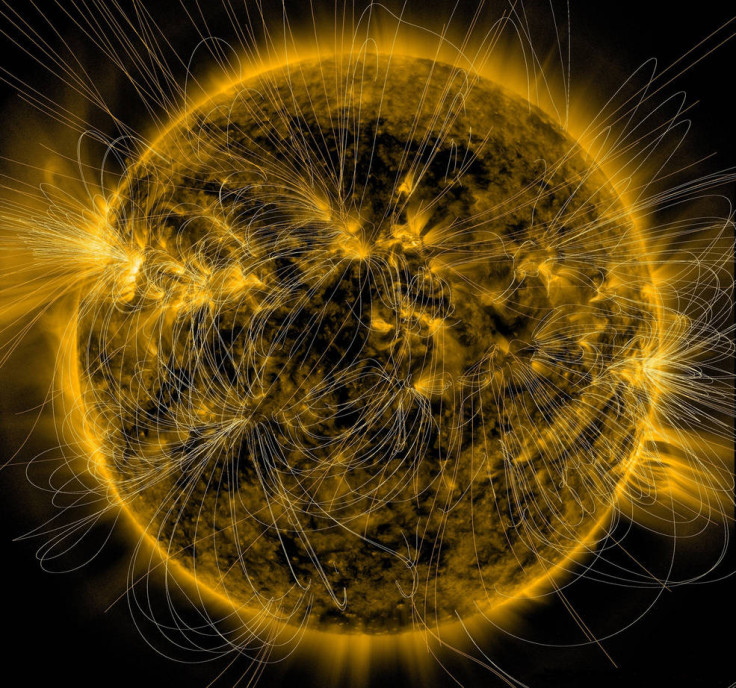Major solar physics puzzle solved on the Sun's behaviour compared to other stars
Understanding the Sun's magnetic cycle is key to understanding space weather.

Our Sun is a solar-type star like other nearby stars, scientists have found. This discovery could put an end to a long scientific controversy about whether the Sun exhibits the same behaviours as other, solar-type stars.
The Sun's magnetic field is characterised by two poles which flip at the peak of the solar activity cycle, every 11 years. Changes in the Sun's activity – including the level of radiation and the ejection of material – are driven by these changes in the magnetic field, throughout the 11-year cycle.
This cycle is perhaps one of the biggest puzzles in solar physics because it is very different to other magnetic cycles observed in other solar-type stars. This has led some researchers to think that the Sun is fundamentally different.
"Observational campaigns were initiated 30 to 40 years ago to study the magnetic cycle of stars to see if it was similar to that of the Sun," Antoine Strugarek, from the French Alternative Energies and Atomic Energy Commission, told IBTimes UK.
"When the first results came out in the late 90s scientists mapped them with diagrams to see if the magnetic cycles was linked to the stars' rotation. This revealed that the Sun seemed to be quite unique."
But in a study now published in the journal Science, Strugarek suggests that this might not be the case after all.
Understanding space weather and exoplanets
The researchers conducted a series of simulations of stellar magnetic fields, comparing them to the solar magnetic field. They showed that the Sun's magnetic cycle depends on its rotation rate and its luminosity.
This relationship between magnetic cycle, rotation and luminosity can be expressed with the Rossby number - a mathematical formula which quantifies the influence of an object's rotation on this object.

This analysis allowed the scientists to find that the magnetic cycle of the Sun is inversely proportional to the Rossby number. Comparing the results of their simulations with available observations of cyclic activity in a sample of nearby solar-type stars, the researchers found that this was also the case for stars other than the Sun.
The results thus indicate that the Sun's magnetic field behaves like that of solar-type stars. It is indeed a solar-type star. These insights are crucial because they could in the future help scientists improve their predictions of space weather.
"The Sun's magnetic field generates a lot of activity. In the maximal phases of the magnetic cycle, a lot of events like solar eruptions can occur. Understanding the basic mechanism behind the Sun's magnetic cycle can help us make better predictions regarding the intensity of the magnetic cycle and about space weather," Strugarek, who also worked at the University of Montreal, explained.
"This is important because these events can have repercussions back on Earth, interacting with our satellites, impacting the work of astronauts and creating auroras."
The findings could also give scientists a useful tool in the search for exoplanets. One method used to find exoplanets relies on identifying when the light of a star is blocked by a transiting object - a potential exoplanet. But the magnetic activity of a star can create 'star spots' which can be mistaken for the transiting objects. Learning how to distinguish these star spots better is useful to make sure they don't not confused with potential planets.
© Copyright IBTimes 2024. All rights reserved.






